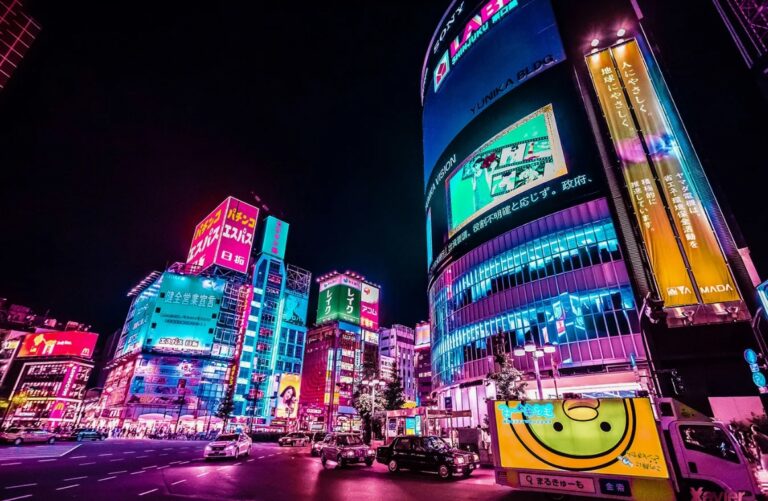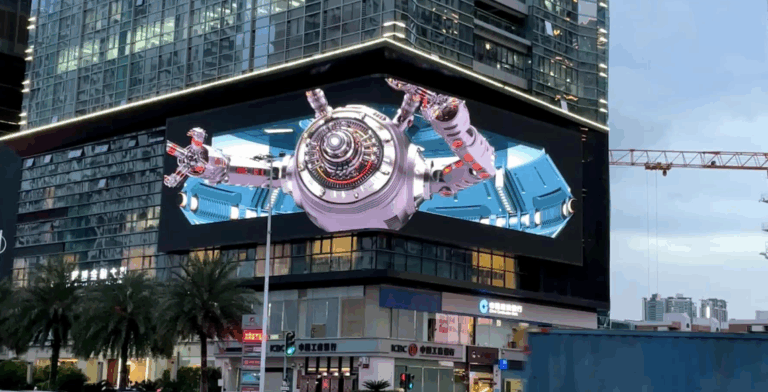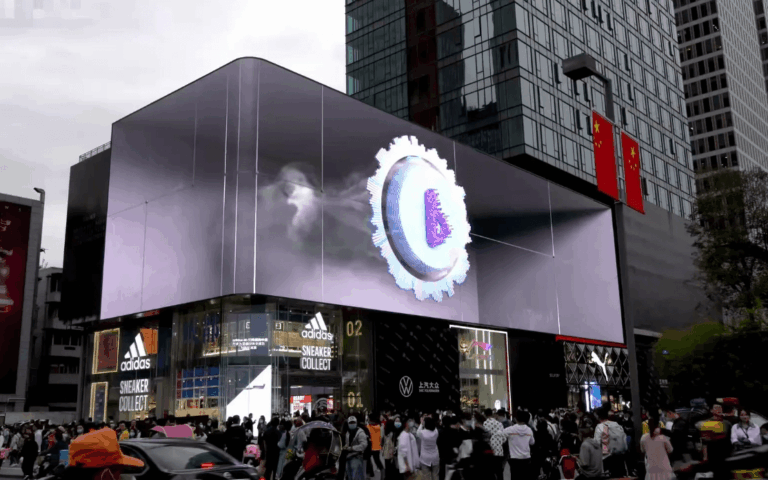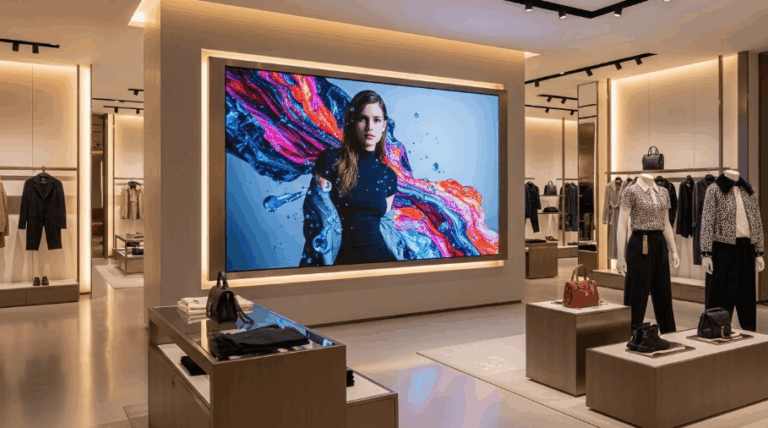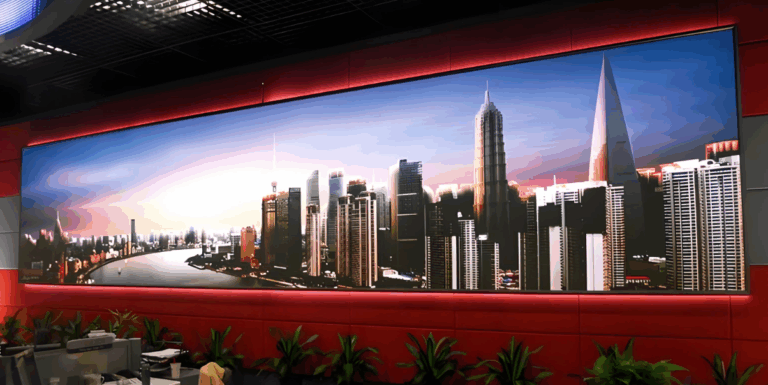Table of contents
Fields of application of flexible LED displays
Why do you need a flexible LED display?
Flexible LED Display Price
Flexible LED screens are made of LED pixels arranged on a flexible material such as rubber or PCB. These pixels are insulated with a flexible transparent material around them to protect the LED circuitry from damage. This configuration endows the flexible LED screen with a high degree of scalability. They can distort during installation and still provide a sharp image. Compared with traditional LED displays, flexible LED screens have a unique look and feel. Flexible PCB and rubber materials are used to make flexible LED screens, which are very suitable for realizing creative design schemes such as curved, circular, spherical and wavy shapes, etc. For customized designs and solutions, the use of flexible LED displays is even more attractive. Take you to understand 3 common flexible LED displays.
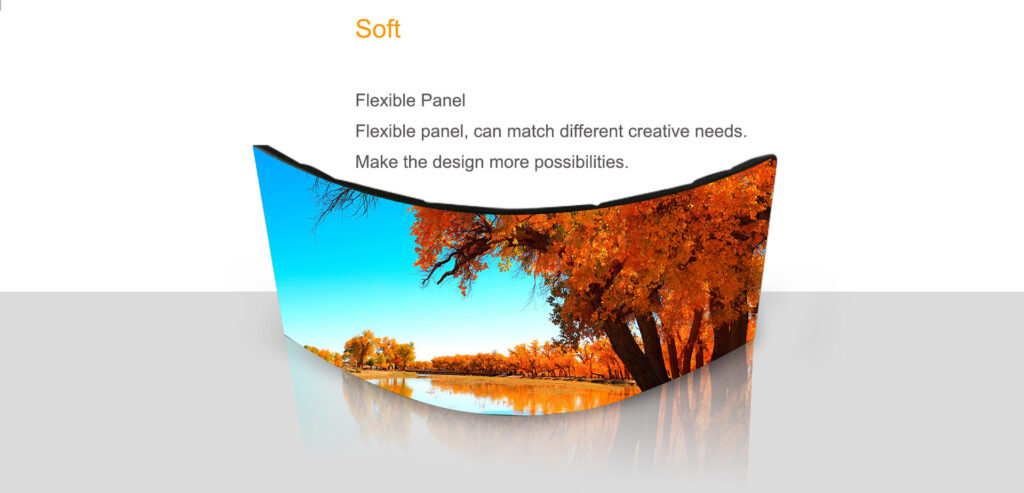
The fields of application of flexible LED display include:
Marketing and Advertising
Want to create more engaging ads? The LED panel screen can perfectly present videos and other advertising content.
Transportation
Flexible LED panel screens are becoming more and more popular in bus and train terminals. Flexible LED signage is used to display timetable information and real-time commuter reminders.
Creative Art Exhibition
Want to add some extra creativity to your art display? Try flexible panel LED displays for added impact and visual impact!
Stage and Theater Productions
There are no limits to creativity, you can use flexible LED curtains as the backdrop for stage and theater productions, presenting stunning effects to audiences.
Such flexible LED screens have excellent applications in various industries. Whether it is to enhance the attractiveness of advertisements, improve the communication of traffic information, increase the creativity of art exhibitions, or create shocking effects in stage theater productions, flexible LED screens can play their unique advantages.
Why do you need a flexible LED display?
1. Creative design: The design flexibility of the flexible LED display is extremely high, and various shapes, curves and designs can be easily realized, including arc, circle, spherical, wavy, etc., providing a broad space for creative design space.
2. Space saving: Since the flexible LED display can be rolled up or bent, it takes up less space when storing and transporting. This is very useful in mobile and temporary events.
3. Portable and portable: Flexible LED displays are usually made of lightweight materials, so they are light in weight and easy to carry and install. This makes them very popular at various events and exhibitions.
4. Unique visual effect: The innovative appearance and bending effect of the flexible LED display can attract the attention of the audience and bring unique visual effects to brand promotion, art exhibitions, performances and other activities.
5. Easy maintenance: Like traditional LED displays, flexible LED displays can also be maintained at the module level. This makes repairing and replacing parts relatively easy, saving maintenance costs and time.
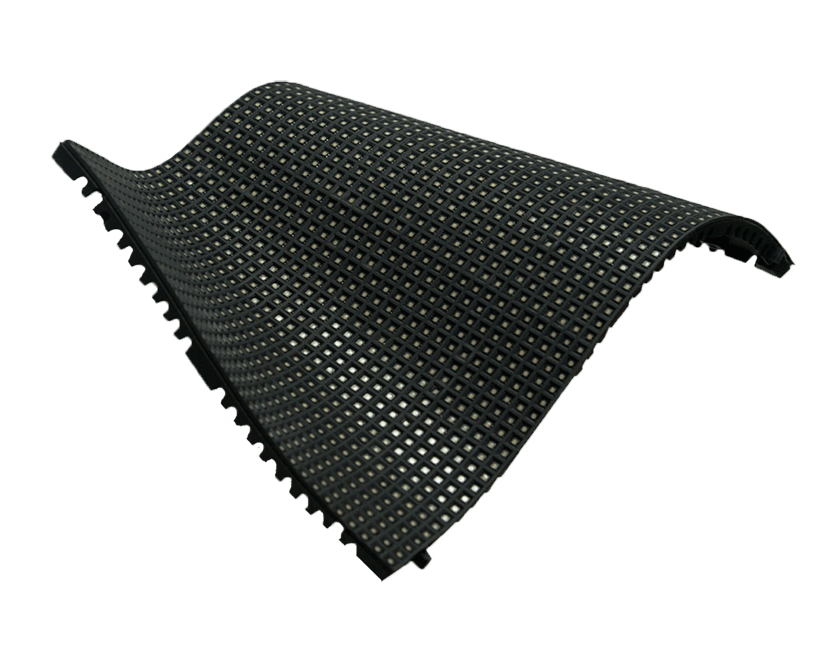
Flexible LED Display Price
Indoor flexible LED display price:
P2 indoor flexible LED display (e.g. for store interiors): $750 per square meter.
P4 indoor flexible LED display (suitable for exhibitions, conferences, etc.): USD 600 per square meter.
P5 indoor flexible LED display (for performances, theaters, etc.): $400 per square meter.
Outdoor flexible LED display price:
P5 outdoor flexible LED display (such as for billboards): $450 per square meter.
P8 outdoor flexible LED display (suitable for shopping malls, stadiums, etc.): $250 per square meter.
P10 outdoor flexible LED display (for large advertisements, music festivals, etc.): USD 100 per square meter.
These prices are for reference only, actual prices may vary due to various factors. When purchasing a flexible LED display, in addition to the initial purchase price, installation, operation and maintenance, repair and other costs should also be considered. As your LED screen expert, we have prepared the LED display solution plan for you. Why not start by visiting our LED screens and get a free quote!

